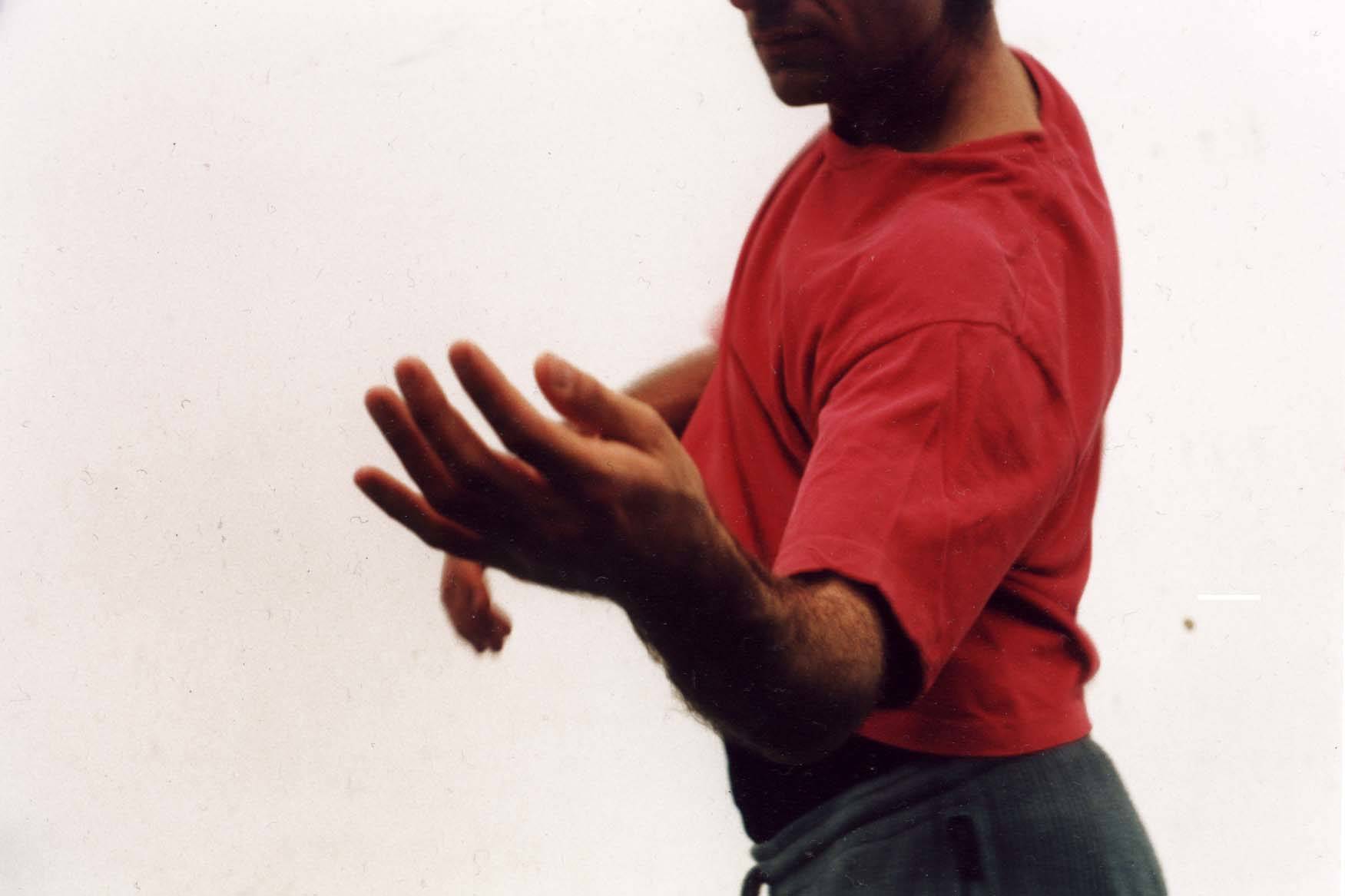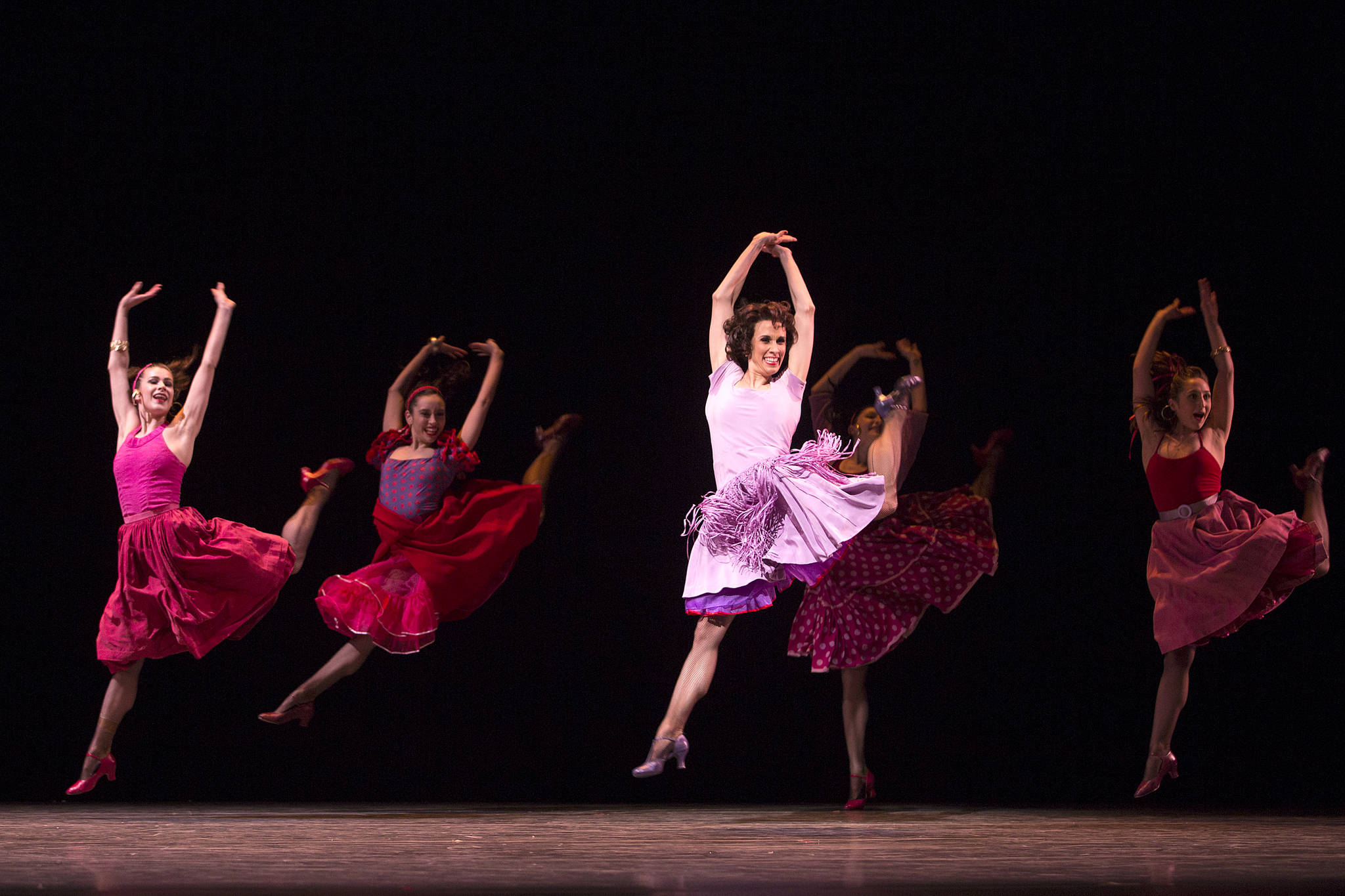SANDY SILVA
Kendall-Jackson Music Hall 7 p.m. Mon., Sept. 3
SHE ISN’T really a tap dancer. She’s not a clogger or an Irish dancer. She doesn’t practice flamenco, or Kathak, or jigging, or any single one of the myriad percussive dance forms that are a part of human movement. Instead, Sandy Silva combines these influences, isolating the core elements of each style to demonstrate the connecting thread among multiple traditions.
Rhythm tap, the most American of these forms, is so closely associated with jazz music of the 1930s and ’40s that it’s easy to assume all percussive dance is a kind of hybrid social event, and in that assumption we’re not really far wrong. But socializing in the Balkans is different than in Bombay or Brooklyn, and the dance forms reflect those distinctions. The unison stamping of a village festival, which reinforces interdependence within a group through complex patterns, is a different kind of communication than the subtle exchange between soloist and musician during an improvisation or the one-upsmanship games that hoofers often play. The common element throughout these events is rhythm—and rhythm is Silva’s most powerful tool.
Her rhythms are complex: everything from simply mirroring the beat of a song to playing the dance version of an a cappella, multipart composition. Her primary “instruments” are her feet on the floor, but she’s likely to use the body slapping of hambone or Schuplattler as well as pure vocalizations. She alternates between showing us a relaxed upper body (focusing our attention on her legs) and a fully formed figure, where the interrelationships of fingers, hands, arms, and head add an unsounded line to the music of her feet. Those feet can be as articulate as hands, by turns tapping a precise filigree on the surface of the floor or pounding down into the ground to make enough sound to raise the dead.
It’s first through that sound that we become a part of the communication she establishes—Silva’s a dancer you hear as intently as you watch. She frequently tours with world music groups such as La Bottine Souriante from Quebec, but her dancing looks forward to new innovations just as often as it honors past traditions. She’s something of a one-off; like musician Bobby McFerrin, she’s willing to keep following an idea even if it leads away from well-known paths. Her set can include music from the Balkans, Cape Breton, Ireland, or from nowhere at all, with movement that draws from any or all of those places. Silva may be hard to categorize, but she’s amazingly easy to like, and once you listen to her dancing, you’ll be impatient to see her return. skurtz@seattleweekly.com








